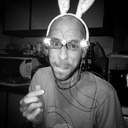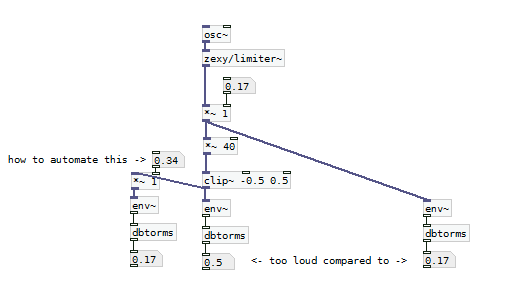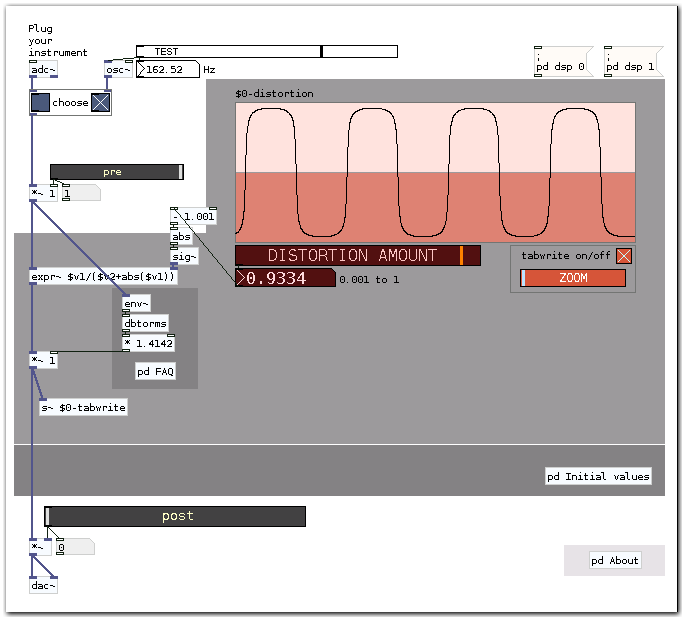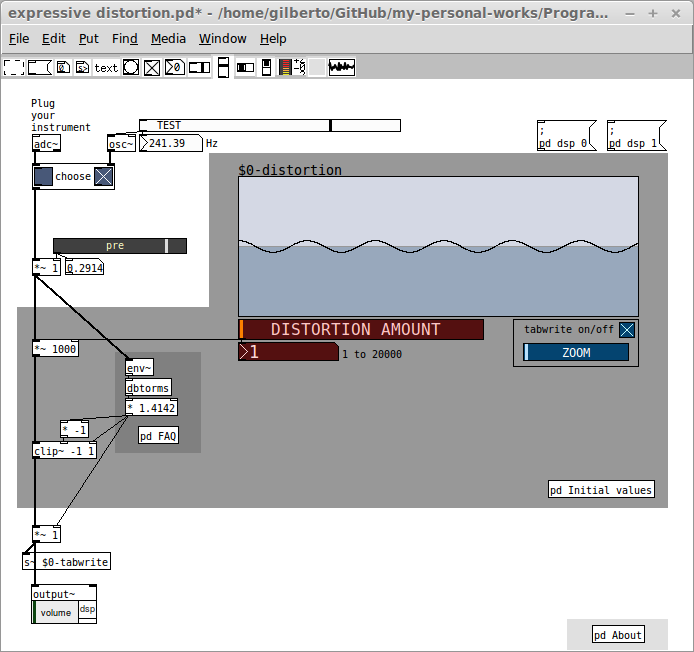Perhaps, it's worth mentioning that there are two branches of exploration. One involves amplitude and the other involves volume.
Amplitude is measurable, complicated but still measurable. Volume is a different story since it has to do with perception. In this latter case, one needs to have a model of the human ear, or at least some information about how the ear/brain responds to various frequencies and amplitudes. More advanced, and CPU expensive patches, should compensate for high and low frequency audio. Very low and high frequencies are less audible than mid or upper-mid frequencies.
So depending on exactly what you want to preserve from your original signal (amplitude or volume), there are different paths that you can follow.
For example, if your input signal has a small amplitude, you might want your distorted output to sound less mid-range-like. For solving this perceptual issue, you can automatically detect low level passages and activate a dynamically changing filter that reduces a bit the mid range.
Just some food for thought...for experimenters or artists out there, or in here.
There's a little nice resource called the Interactive Ear Sensitivity Chart: http://www.independentrecording.net/irn/resources/freqchart/ear_sensitivity.htm
You can also enjoy this other interactive chart too: http://www.independentrecording.net/irn/resources/freqchart/main_display.htm
Cordially, Landon
I live and love in Argentina










 You did all the hard work, I just spotted a tiny improvement. Cheers! G.
You did all the hard work, I just spotted a tiny improvement. Cheers! G.